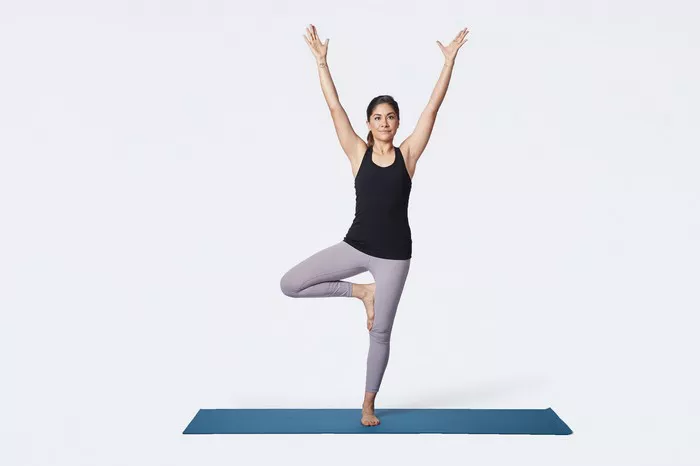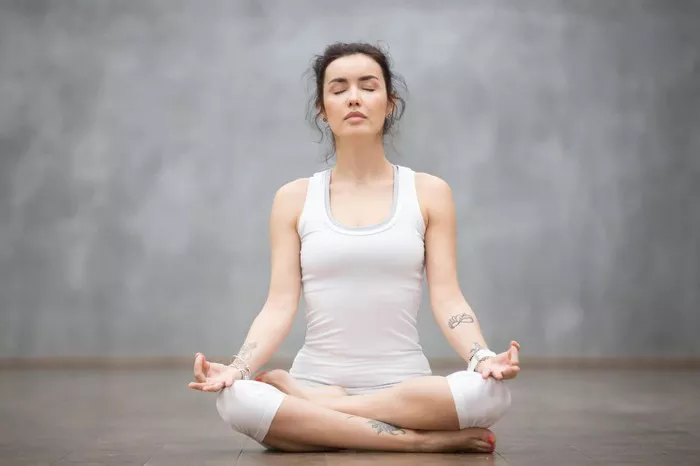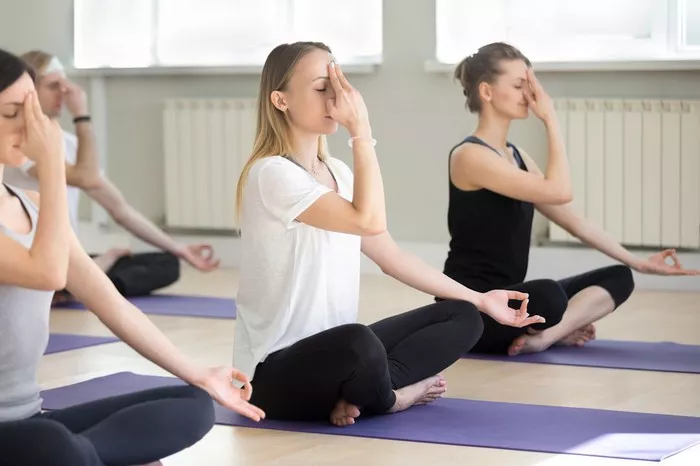Yoga is a transformative practice that offers numerous physical and mental benefits. Among the many categories of yoga poses, standing poses hold a special place. They help build strength, improve balance, and enhance flexibility. In this article, we will explore various standing yoga poses, their benefits, and tips for mastering them.
1. Understanding the Importance of Standing Poses
Standing poses are foundational in yoga. They engage multiple muscle groups and promote stability, alignment, and grounding. These poses help in developing the core, enhancing balance, and increasing stamina.
1.1 Benefits of Standing Poses
Strength Building: Engaging the legs and core muscles, standing poses help in developing strength throughout the body.
Improved Balance: These poses require stability and focus, which enhance overall balance.
Flexibility: Many standing poses stretch various muscle groups, improving flexibility, particularly in the legs and hips.
Focus and Concentration: Standing poses require mindfulness and concentration, helping to cultivate mental clarity.
Postural Alignment: They encourage proper alignment of the spine, shoulders, and hips, contributing to better posture.
2. Key Standing Yoga Poses to Master
Here are some essential standing poses to incorporate into your practice:
2.1 Mountain Pose (Tadasana)
Description: A fundamental pose that serves as the starting point for many standing poses.
How to Perform:
Stand with your feet together or hip-width apart.
Distribute your weight evenly on both feet.
Engage your thighs, lift your chest, and reach your arms overhead.
Hold for several breaths.
Benefits:
Improves posture.
Enhances body awareness.
Strengthens legs and core.
2.2 Warrior I (Virabhadrasana I)
Description: A powerful pose that builds strength and stability.
How to Perform:
Start in Mountain Pose.
Step your left foot back, keeping your right knee over your right ankle.
Turn your left foot out at a 45-degree angle.
Raise your arms overhead, palms facing each other.
Hold for several breaths and switch sides.
Benefits:
Strengthens legs, core, and arms.
Increases focus and determination.
Opens the hips and chest.
2.3 Warrior II (Virabhadrasana II)
Description: A variation of Warrior I that enhances balance and flexibility.
How to Perform:
From Warrior I, open your hips and shoulders to face the side.
Extend your arms parallel to the ground, gazing over your front fingertips.
Ensure your front knee is bent and aligned with your ankle.
Hold for several breaths and switch sides.
Benefits:
Strengthens the legs and arms.
Improves concentration and stability.
Enhances flexibility in the hips.
2.4 Triangle Pose (Trikonasana)
Description: A pose that promotes flexibility and strength.
How to Perform:
Start in Warrior II.
Straighten your front leg and reach forward with your front hand.
Lower your hand to your ankle or a block while extending your opposite arm upwards.
Hold for several breaths and switch sides.
Benefits:
Stretches the legs, hips, and spine.
Strengthens the core and legs.
Improves balance and coordination.
2.5 Tree Pose (Vrksasana)
Description: A balancing pose that enhances focus and stability.
How to Perform:
Start in Mountain Pose.
Shift your weight onto your left foot and lift your right foot.
Place your right foot on your inner left thigh or calf (avoid the knee).
Bring your hands to your heart or extend them overhead.
Hold for several breaths and switch sides.
Benefits:
Improves balance and stability.
Strengthens the legs and core.
Enhances concentration and focus.
2.6 Chair Pose (Utkatasana)
Description: A challenging pose that builds strength in the legs and core.
How to Perform:
Start in Mountain Pose.
Bend your knees and lower your hips as if sitting in a chair.
Keep your chest lifted and arms extended overhead.
Hold for several breaths.
Benefits:
Strengthens the thighs, calves, and core.
Improves balance and endurance.
Enhances mental focus.
3. Tips for Practicing Standing Poses
3.1 Use Props for Support
Using props such as blocks or straps can enhance your practice, especially for beginners or those with limited flexibility.
3.2 Focus on Alignment
Proper alignment is crucial in standing poses. Ensure that your knees, ankles, and hips are aligned to prevent injuries.
3.3 Breathe Mindfully
Breathing is an essential part of yoga. Focus on your breath to maintain a steady rhythm and enhance relaxation during your poses.
3.4 Build Up Gradually
If you’re new to yoga, start with basic poses and gradually work your way up to more complex standing poses.
3.5 Listen to Your Body
Always listen to your body and respect its limits. Avoid pushing yourself into uncomfortable positions.
4. Common Mistakes to Avoid in Standing Poses
4.1 Overextending the Knees
Avoid locking your knees in standing poses, as this can lead to strain and injury.
4.2 Poor Core Engagement
Engaging the core is vital for maintaining stability. Ensure that your abdominal muscles are activated throughout each pose.
4.3 Incorrect Foot Placement
Pay attention to the placement of your feet. They should be firmly grounded, providing a stable base for your poses.
4.4 Forgetting to Breathe
Many practitioners hold their breath in challenging poses. Focus on maintaining a steady breath to enhance your practice.
5. Conclusion: Embrace the Power of Standing Poses
Incorporating standing yoga poses into your practice can significantly enhance your physical and mental well-being. They build strength, improve flexibility, and promote balance. Whether you are a beginner or an experienced yogi, mastering these poses can deepen your practice and connect you with your body.
By regularly practicing standing poses, you will cultivate stability in your body and mind, enabling you to face the challenges of daily life with confidence and grace.
This comprehensive guide covers the essentials of standing yoga poses, highlighting their importance, benefits, and techniques. By embracing these poses, you can transform your practice and enjoy a myriad of physical and mental benefits.
























